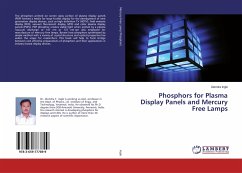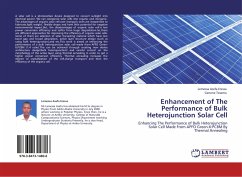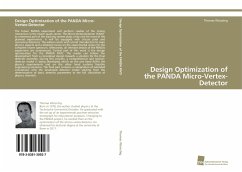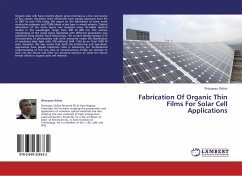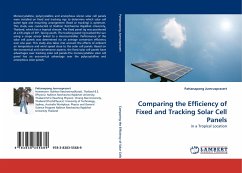
Comparing the Efficiency of Fixed and Tracking Solar Cell Panels
in a Tropical Location
Versandkostenfrei!
Versandfertig in 6-10 Tagen
45,99 €
inkl. MwSt.

PAYBACK Punkte
23 °P sammeln!
Monocrystalline, polycrystalline and amorphous silicon solar cell panels were installed on fixed and tracking rigs to determine which solar cell panel type and mounting arrangement (fixed or tracking) is optimum. This study was conducted at Nakhon Ratchasima Rajabhat University, Thailand, which has a tropical climate. The fixed panel rig was positioned at a tilt angle of 30º, facing south. The tracking panel rig tracked the sun using a scope sensor linked to a microcontroller. Performance of the solar cell panels was determined via an average conversion efficiency over one year. This study al...
Monocrystalline, polycrystalline and amorphous silicon solar cell panels were installed on fixed and tracking rigs to determine which solar cell panel type and mounting arrangement (fixed or tracking) is optimum. This study was conducted at Nakhon Ratchasima Rajabhat University, Thailand, which has a tropical climate. The fixed panel rig was positioned at a tilt angle of 30º, facing south. The tracking panel rig tracked the sun using a scope sensor linked to a microcontroller. Performance of the solar cell panels was determined via an average conversion efficiency over one year. This study also takes into account the effects of ambient air temperature and wind speed close to the solar cell panels. Based on the economical and maintenance aspects, the fixed solar cell panels have advantages over tracking solar cell panels.The monocrystalline solar cell panel has an economical advantage over the polycrystalline and amorphous solar panels.



